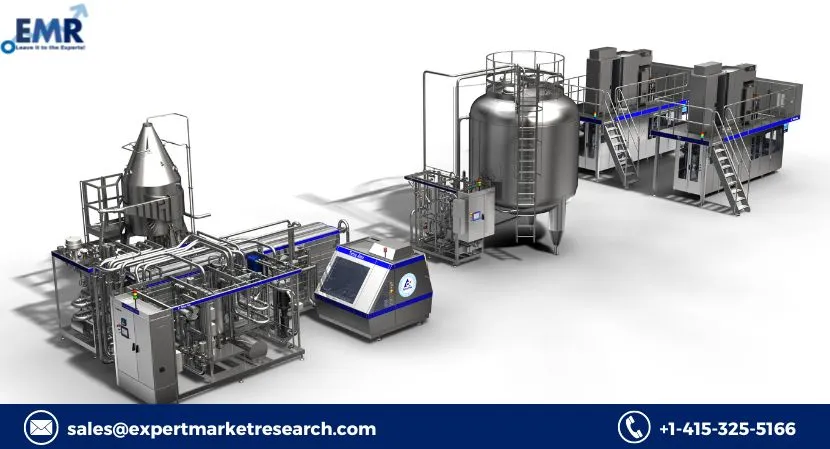Introduction
Office cubicles have been a ubiquitous fixture in workplaces around the world for several decades. These compact workstations, designed to provide employees with privacy and a dedicated space to work, have evolved significantly since their inception. In this article, we will explore the history, design trends, benefits, and future prospects of office cubicles.
The Birth of Cubicles
The concept of the office cubicle can be traced back to the 1960s when Robert Propst, an American designer, introduced the Action Office system. Propst’s initial idea was to create a flexible and adaptable workspace that would foster creativity and productivity. However, his original vision was quite different from the cubicles we know today.
The early office cubicles were open, mobile, and versatile, featuring low partitions and movable components. Unfortunately, these designs were often misused by companies looking for cost-effective ways to maximize office space, ultimately leading to the creation of what we now think of as the traditional office cubicle.
The Rise of the Traditional Cubicle
By the 1980s, the traditional office cubicle, characterized by high-walled partitions, had become the norm in many corporate environments. These cubicles offered employees a degree of privacy, but they also contributed to a sense of isolation and monotony. The cubicle farm layout, with rows of identical workstations, became synonymous with corporate culture, giving rise to the term “cube farm.”
While the traditional cubicle had its drawbacks, it did serve a purpose. It provided employees with a dedicated space to work, reducing distractions and promoting focus. It also helped organizations optimize office space efficiently. However, as the workforce evolved and the demands of employees changed, so did the design of office cubicles.
The Modern Cubicle Redesign
Recognizing the need to create more collaborative and engaging workspaces, office designers began reimagining the cubicle. Modern cubicles are designed with flexibility and employee well-being in mind. Here are some key trends in modern cubicle design:
Openness and Collaboration: Many modern cubicles feature lower partitions or even glass walls to maintain a sense of openness and encourage collaboration among employees. This shift toward more open designs aligns with the growing emphasis on teamwork and communication in the workplace.
Ergonomics and Comfort: Comfortable seating, adjustable desks, and ergonomic accessories are now common in modern cubicles. These features prioritize employee health and well-being, promoting better posture and reducing the risk of repetitive strain injuries.
Customization: Employees often have the option to personalize their cubicles, allowing them to create a space that reflects their personality and preferences. This customization can boost morale and job satisfaction.
Technology Integration: Modern cubicles are equipped with advanced technology, including integrated power outlets, USB ports, and wireless charging stations. These features facilitate productivity and connectivity.
Natural Light and Greenery: Many modern office cubicle designs incorporate elements like natural light, plants, and outdoor views to create a more pleasant and inspiring work environment.
Benefits of Office Cubicles
Office cubicles, when designed and utilized effectively, offer several advantages for both employees and employers:
Privacy and Focus: Cubicles provide employees with a degree of privacy that can be essential for tasks that require concentration. The reduced visual and auditory distractions can boost productivity.
Collaboration: Modern office cubicles can strike a balance between privacy and collaboration; allowing employees to work together when needed while still having a personal workspace.
Space Efficiency: Cubicles optimize office space by utilizing square footage more efficiently than traditional open layouts, making them a cost-effective option for many organizations.
Customization: Personalizing one’s workspace can lead to a sense of ownership and comfort, improving employee satisfaction and morale.
Health and Well-being: Ergonomic designs and the incorporation of natural elements in modern cubicles promote employee health and well-being, reducing absenteeism and turnover rates.
Technology Integration: Cubicles equipped with the latest technology make it easier for employees to stay connected, leading to increased efficiency and communication.
The Future of Office Cubicles
As the workplace continues to evolve, so too will office cubicles. Here are some trends and predictions for the future of office cubicles:
Conclusion
Office cubicles have come a long way from their inception in the 1960s. What started as a concept for fostering creativity and productivity has evolved into a diverse range of designs that cater to the changing needs of the modern workforce. As we look to the future, office cubicles will likely continue to adapt, incorporating innovative technologies and sustainable practices while prioritizing employee well-being and collaboration. These evolving workspaces will play a crucial role in shaping the future of work, providing employees with the comfort, flexibility, and functionality they need to thrive in the modern workplace.




